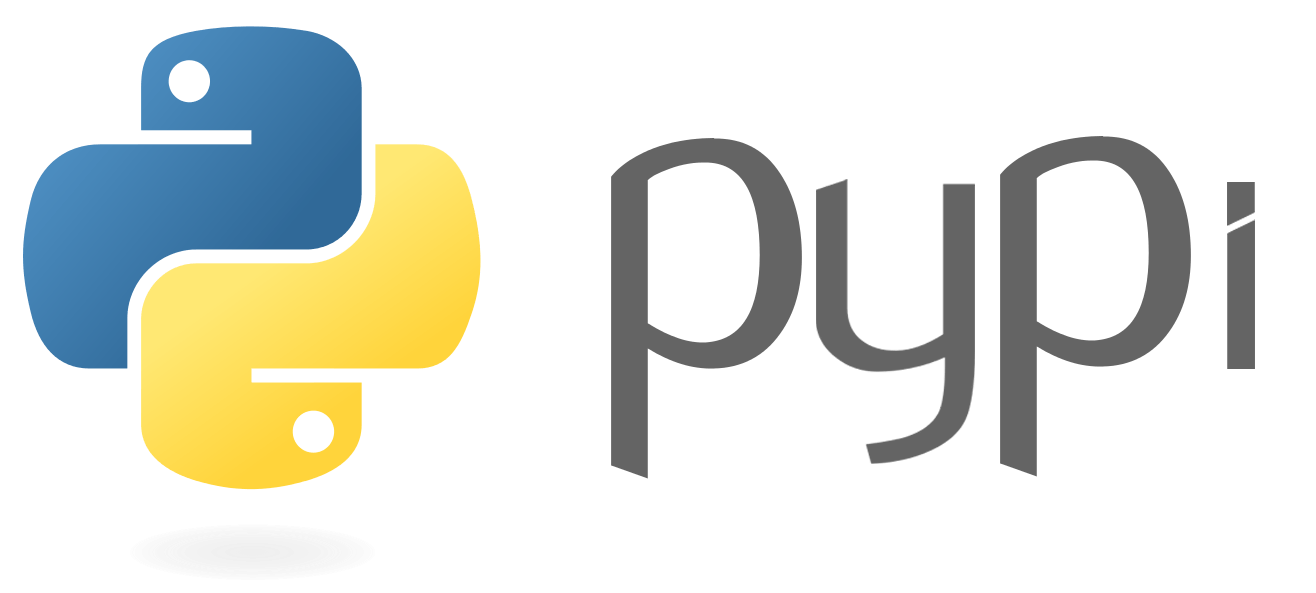Just like any serious programming language , Python supports third-party libraries and frameworks that you simply can install to avoid reinventing the wheel with every new project. If you would like to use them you’ll find these Python libraries on a central repository called the Python Package Index (PyPI).
Downloading, installing, and managing these packages by hand are often frustrating and time-consuming. this is often why many Python developers believe a special tool called PIP for Python (or Python PIP) to form everything much easier and faster.
What Is PIP for Python?
PIP is an acronym that stands for “PIP Installs Packages” or “Preferred Installer Program”. It’s a command-line utility that permits you to put in , reinstall, or uninstall PyPI packages with an easy and easy command: pip.
If you’ve ever done any command-line work on Windows (with the Command Prompt) or Mac or Linux (with the Terminal and Bash), then you’ll skip right down to the installation instructions for your particular OS .
Is PIP Installed With Python?
If you’re using Python 2.7.9 (or greater) or Python 3.4 (or greater), then PIP comes installed with Python by default. If you’re using an older version of Python, you’ll got to use the installation steps below. Otherwise, skip to rock bottom to find out the way to start using PIP.
If you’re running Python during a virtual environment created with either virtualenv or pyvenv, then PIP are going to be available no matter the Python version.
Is Python Correctly Installed?
You have to form sure Python is correctly installed on your system. On Windows, open up the prompt using Windows key + X and selecting prompt . On Mac, open the Terminal using Command + Space and checking out terminal. On Linux, open the Terminal using Ctrl + Alt + T. Linux shortcuts may vary by distribution.
Then type:
On Linux, Python 3.x users may need to use:
If you get a version number (e.g. “Python 2.7.5”) then Python is prepared to travel .
If you get a “Python isn’t defined” message, then you’ll need to first install Python properly. That’s beyond the scope of this text . The Python site has some detailed instructions for installation.
How to Install PIP on Windows
These instructions should work on Windows 7, Windows 8.1, and Windows 10:
Download the get-pip.py installer script. If you’re on Python 3.2, you’ll need this version of get-pip.py instead. Either way, right-click on the link and choose Save As… and reserve it to any safe location, like your Downloads folder.
Open the prompt and navigate to the get-pip.py file.
Run the subsequent command: python get-pip.py
How to Install PIP on Mac
Modern Mac systems accompany Python and PIP already installed. However, this version of Python tends to be outdated and not the simplest choice for serious Python development. It’s highly recommended that you simply install a more current version of Python and PIP.
If you would like to use the native system Python installation but don’t have PIP available, you’ll install PIP with the subsequent command in Terminal:
How to Install PIP on Linux
If your Linux distribution came with Python already installed, you should be able to install PIP using your system’s package manager. This is preferable since system-installed versions of Python do not play nicely with the get-pip.py script used on Windows and Mac.
Advanced Package Tool (Python 2.x)
Advanced Package Tool (Python 3.x)
pacman Package Manager (Python 2.x)
pacman Package Manager (Python 3.x)
Yum Package Manager (Python 2.x)
Yum Package Manager (Python 3.x)
Dandified Yum (Python 2.x)
Dandified Yum (Python 3.x)
Zypper Package Manager (Python 2.x)
Zypper Package Manager (Python 3.x)
How to Install PIP on Raspberry Pi
As a Raspberry Pi user, you’re probably running Raspbian since it’s the official OS designated and provided by the Raspberry Pi Foundation. You’re liberal to install another OS , like Ubuntu. If that’s the case you ought to check out the Linux instructions.
Starting with Raspbian Jessie, PIP comes installed by default. It’s one among the large reasons to upgrade to Raspbian Jessie rather than sticking with Raspbian Wheezy or Raspbian Jessie Lite. However, if you’re on an older version of Raspbian, you’ll still install PIP.
On Python 2.x:
On Python 3.x:
With Raspbian, Python 2.x users should use pip while Python 3.x users should use pip3 when issuing PIP commands.
How to Upgrade PIP for Python
While PIP itself doesn’t update fairly often , it’s still important to remain on top of latest versions because there could also be important fixes to bugs, compatibility, and security holes. Fortunately, upgrading PIP is quick and straightforward .
On Windows:
On Mac, Linux, or Raspberry Pi:
How to Manage Python Packages With PIP
Once PIP is ready, you can start installing packages from PyPI:
To install a specific version of a package instead of the latest version:
To search PyPI for a particular package:
To see details about an installed package:
To list all installed packages:
To list all outdated packages:
To upgrade an outdated package:
Note that older versions of a package are automatically removed by PIP when upgrading to a newer version of that package.
To completely reinstall a package:
To completely get rid of a package:
